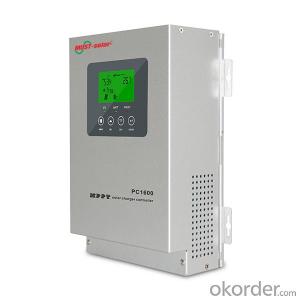Mppt Solar Charge Controller High Efficiency PC1600F SeriesMade in China
- Loading Port:
- China main port
- Payment Terms:
- TT OR LC
- Min Order Qty:
- 100 pc
- Supply Capability:
- 10000 pc/month
OKorder Service Pledge
OKorder Financial Service
You Might Also Like
Features:
·45A/60A MPPT solar charge controller
·12V/24V/36V/48V auto work
·PV Output :145v Max
·Several seconds tracking speed
·High Tracking efficiency of 99%
·Multiphase synchronous rectification technology
·Peak conversion efficiency of 98%
·DSP processors architecture ensures high speed and performance
·Multifunction LCD displays system data and status
·Four stages charging optimizes battery performance
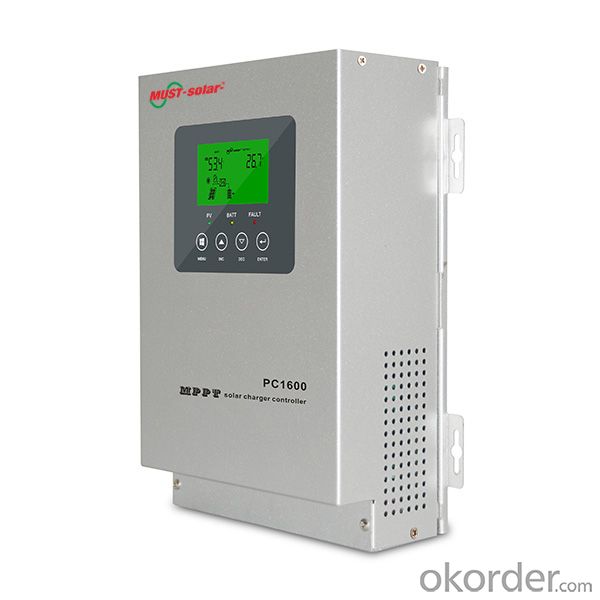
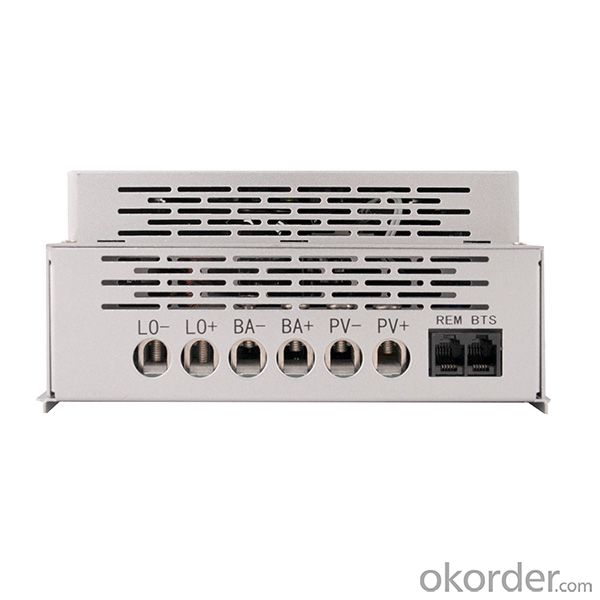
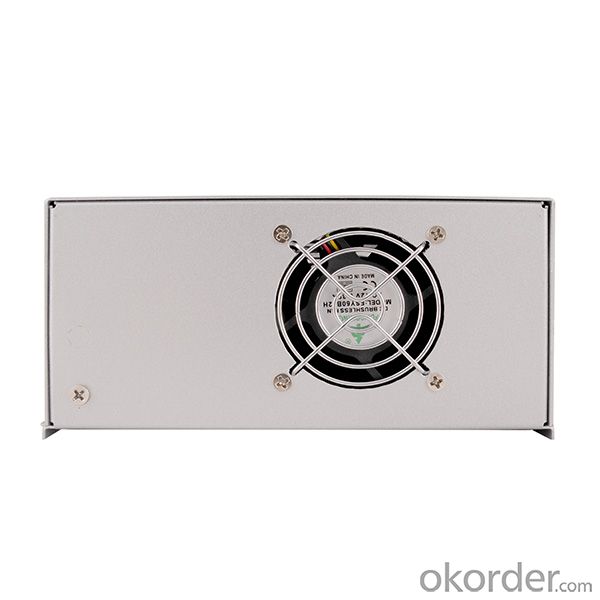
| Model | PC16-4515F | PC16-6015F | |
| Battery System Voltage | 12V/24V/36V/48 VDC (adjustable) | ||
| Charge Input | |||
| PV Open Circuit Voltage | Operational max = 145VDC temperature corrected VOC | ||
| Max PV Input Power(12V) | 600W | 800W | |
| Max PV Input Power(24V) | 1200W | 1600W | |
| Max PV Input Power(36V) | 1800W | 2400W | |
| Max PV Input Power(48V) | 2400W | 3200W | |
| Battery Voltage | |||
| Nominal Voltage | 12VDC/24VDC/36VDC/48VDC | ||
| Absorption Voltage | 13.5VDC/27.0VDC/40.5VDC/54.0VDC | ||
| Refloat Voltage | 13.7VDC/27.4 VDC/41.1VDC/54.8VDC | ||
| Float Voltage | 14.3VDC/28.6 VDC/42.9VDC/57.2VDC | ||
| Low Voltage Protection Point | 10.5VDC/21.0 VDC/31.5VDC/42.0VDC | ||
| DC Output | |||
| Output Voltage | 11.0~14.3VDC/22.0~28.6VDC/33.0~42.9VDC/44~57.2VDC | ||
| Max Charging Current | 45A amps continuous @ 40°C ambient | 60 amps continuous @ 40°C ambient | |
| Warning for low voltage | 11.5VDC/23.0 VDC/34.5VDC/46.0VDC | ||
| Cutoff for low voltage | 10.5VDC/21.0 VDC/31.5VDC/42.0VDC | ||
| Low voltage recovery | 11.5VDC/23.0VDC/34.5VDC/46.0VDC | ||
| Display | |||
| LED indication | Systematic operation, LV indication, LV protection, over charge protection, loads protection, short circuit protection | ||
| LCD display | Charge voltage, charge current, voltage of battery, capacity of battery, output current | ||
| Alarm | PV array short circuit protection, PV reverser polarity protection | ||
| Battery reverse polarity protection, Over charging protection | |||
| Output short circuit protection | |||
| Low voltage protection for storage battery | |||
| General specification | |||
| Environmental Rating | Indoor | ||
| Charge mode | MPPT, PWM, constant current—constant voltage, function of automatic protection for storage battery | ||
| Radiating mode | Fan cooling | ||
| Working mode | Four stage: Absorption CC, Absorption CV, Float CC, Float CV. | ||
| Peak Conversion efficiency | 98% | ||
| Environment | |||
| Environmental temperature | -25°C ~55°C | ||
| Ambient humidity | 0--90%,No condensation | ||
| Altitude | ≤3000m | ||
| Dimension | |||
| W*H* D(mm)/G.W(kg) | 167.6*257.1*82.9mm/3kg | 390*365*364mm(5pcs/carton) | |
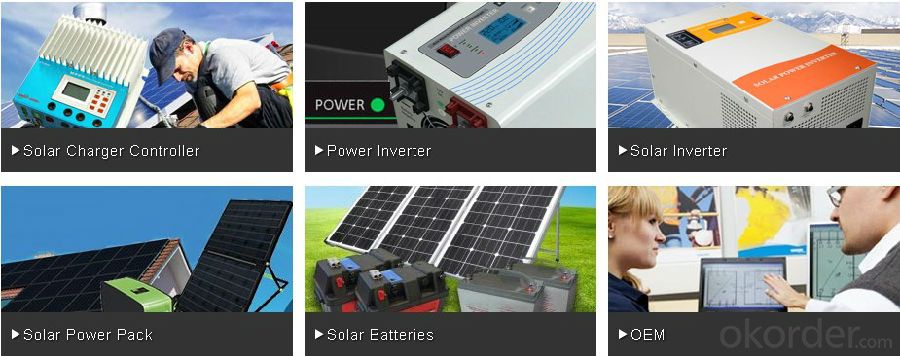
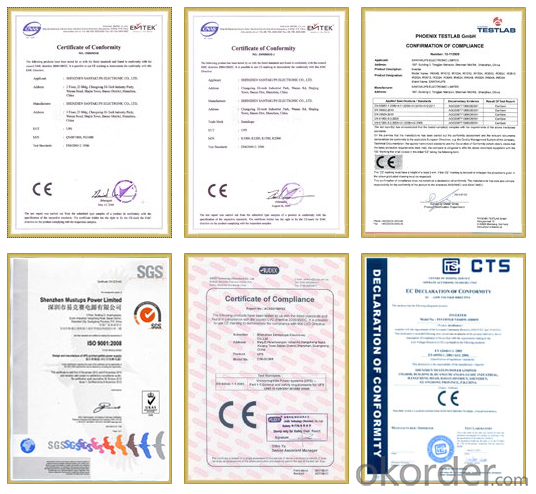

Warrenty
provides a 1~3 year limited warranty (“Warranty”) against defects in materials and workmanship for its Uninterruptible power supply, Power inverter/chargers, Solar charge controllers, Battery Products (“Product”).
The term of this Warranty begins on the Product(s) initial purchase date, or the date of receipt of the Product(s) by the end user, whichever is later. This must be indicated on the invoice, bill of sale, and/or warranty registration card submitted to MUST-Solar. This Warranty applies to the original MUST-Solar Product purchaser, and is transferable only if the Product remains installed in the original use location.
FAQ
1. How do I decide which system is right for me ?
For protection from long outages, include a generator or solar panels in your Must solar system. Shorter outages can be handled by a battery-only system.
2. Where my system will be installed ?
Must solar systems are usually wall-mounted near a home's main electrical (circuit breaker) panel.
3. How do I install my system ?
A must solar backup inverter is connected to a home electric system , we will supply detailed installation manual and videos for our customers .
- Q:Can a solar inverter be used with a three-phase electrical system?
- Yes, a solar inverter can be used with a three-phase electrical system. In fact, many solar inverters are specifically designed to work with three-phase systems. They convert the direct current (DC) generated by the solar panels into alternating current (AC) that can be used to power three-phase electrical loads.
- Q:Can a solar inverter be used with different AC voltages?
- Yes, a solar inverter can be used with different AC voltages. However, it is important to ensure that the inverter is compatible with the specific AC voltage and frequency requirements of the power grid it will be connected to.
- Q:How do you troubleshoot common issues with a solar inverter?
- To troubleshoot common issues with a solar inverter, start by checking the power source and ensuring it is connected properly. Next, inspect the wiring connections to ensure they are secure and not damaged. Additionally, check the fuse or circuit breaker to see if it has tripped or blown. If the inverter displays an error code, refer to the manufacturer's manual for troubleshooting steps. If none of these steps resolve the issue, it is advisable to contact a professional technician or the manufacturer for further assistance.
- Q:Can a solar inverter be used with different types of power conditioning units?
- Yes, a solar inverter can be used with different types of power conditioning units as long as they are compatible and properly integrated into the solar power system. The inverter's specifications and features should be considered to ensure compatibility with the specific power conditioning unit being used.
- Q:Can a solar inverter be used with other renewable energy sources like wind or hydro power?
- Yes, a solar inverter can be used with other renewable energy sources like wind or hydro power. Inverters are designed to convert the direct current (DC) generated by these renewable sources into alternating current (AC) that can be used to power homes or businesses. By integrating multiple renewable energy sources through a single inverter, it becomes possible to create a more diverse and reliable renewable energy system.
- Q:Can a solar inverter be repaired or serviced?
- Yes, a solar inverter can be repaired or serviced. In case of any malfunction or issues, a qualified technician can diagnose and fix the problem. Regular maintenance and servicing can also help prolong the lifespan and optimize the performance of a solar inverter.
- Q:Are there any disadvantages of using a solar inverter?
- Yes, there are some disadvantages of using a solar inverter. One disadvantage is the initial cost of purchasing and installing the inverter, which can be quite expensive. Additionally, solar inverters are dependent on sunlight, so if there is a lack of sunlight or during nighttime, the inverter may not be able to generate electricity. Another potential disadvantage is the need for regular maintenance and potential repairs, which can add to the overall cost of using a solar inverter. Finally, the efficiency of solar inverters can be affected by factors such as shading, dust, or dirt on the solar panels, which can decrease their overall performance.
- Q:How does a solar inverter handle grid synchronization during startup?
- During startup, a solar inverter handles grid synchronization by first ensuring that the grid is stable and within acceptable voltage and frequency ranges. It then synchronizes its output voltage and frequency with the grid by monitoring its phase angle and adjusting it accordingly. This synchronization process allows the solar inverter to safely and seamlessly connect to the grid, ensuring smooth power transfer and operation.
- Q:What is the role of a solar inverter in preventing system downtime?
- The role of a solar inverter in preventing system downtime is to convert the direct current (DC) produced by solar panels into alternating current (AC) that can be used to power electrical devices and to feed excess energy back into the grid. By maintaining a stable and reliable flow of electricity, solar inverters help prevent disruptions and downtime in the solar energy system, ensuring continuous operation and maximizing energy efficiency.
- Q:How does a solar inverter handle voltage and frequency variations caused by sudden load changes?
- Efficient and reliable, a solar inverter is specifically engineered to manage fluctuations in voltage and frequency resulting from sudden changes in load. When such changes occur, the solar inverter effectively employs a variety of control mechanisms to regulate and stabilize the output voltage and frequency. To begin with, the inverter continuously monitors the incoming solar power, keeping a close eye on the voltage and frequency. If any variations arise due to sudden load changes, the inverter promptly adjusts its internal control systems to compensate. Utilizing advanced power electronics and control algorithms, the inverter ensures that the voltage and frequency remain within the desired range. In order to handle voltage fluctuations caused by sudden load changes, the solar inverter utilizes a technique known as voltage regulation. It automatically adjusts the output voltage, either raising or lowering it as necessary. This guarantees that the inverter delivers a steady and consistent voltage supply to the load, effectively preventing any harm or malfunction. Similarly, to address frequency variations brought on by sudden load changes, the solar inverter employs a technique called frequency regulation. It adjusts the output frequency to match the grid frequency or meet specific frequency requirements. By maintaining the desired frequency, the inverter ensures compatibility and synchronization with the grid or other connected devices. In addition to voltage and frequency regulation, solar inverters also incorporate protective features to handle sudden load changes. They are equipped with built-in overload protection mechanisms capable of detecting excessive loads and preventing damage to both the inverter and the connected devices. These protective features may include safeguards such as overcurrent protection, short-circuit protection, and temperature monitoring. In summary, a solar inverter is purposefully designed to effectively manage voltage and frequency variations arising from sudden load changes. Through its voltage and frequency regulation capabilities, as well as its protective features, the inverter ensures stable and reliable operation. This enables the inverter to adapt efficiently to changing load conditions while safeguarding the integrity of the power supply.
1. Manufacturer Overview |
|
|---|---|
| Location | |
| Year Established | |
| Annual Output Value | |
| Main Markets | |
| Company Certifications | |
2. Manufacturer Certificates |
|
|---|---|
| a) Certification Name | |
| Range | |
| Reference | |
| Validity Period | |
3. Manufacturer Capability |
|
|---|---|
| a)Trade Capacity | |
| Nearest Port | |
| Export Percentage | |
| No.of Employees in Trade Department | |
| Language Spoken: | |
| b)Factory Information | |
| Factory Size: | |
| No. of Production Lines | |
| Contract Manufacturing | |
| Product Price Range | |
Send your message to us
Mppt Solar Charge Controller High Efficiency PC1600F SeriesMade in China
- Loading Port:
- China main port
- Payment Terms:
- TT OR LC
- Min Order Qty:
- 100 pc
- Supply Capability:
- 10000 pc/month
OKorder Service Pledge
OKorder Financial Service
Similar products
New products
Hot products
Hot Searches
Related keywords
